I have an embarrassing confession: I’m extremely disorganized. And as someone who is a beauty editor and is constantly barraged with new skincare and makeup products, it can be a huge problem. Add in the fact that I have inattentive ADHD (disorganization can be a symptom of the disorder), and the concept of keeping things organized is a true struggle. Even before I wrote about beauty, I wasn’t the best at keeping my then-small collection in an orderly fashion. (My childhood Caboodle case was always a chaotic scene with Bonne Bell Lip Smackers all over the place.)
While I have a tendency to hoard my favorite items, I do give away a lot of stuff I don’t use to friends and family, or donate to organizations. Still, the amount of products I get, paired with my ADHD brain, makes for a nightmare scenario more than a beauty lover’s dream. Plus, it’s not like I have a glam room like a celebrity or influencer, so real estate is sacred and limited. But after reaching the point where I became desperate for a reprieve from my avalanches of lipsticks and serums, I turned to ADHD and organization experts for advice on how to dig myself out of this hole.
I feel like anyone who has ADHD or problems staying organized in general, can benefit from their professional tips, so keep scrolling for some helpful tips and everything I learned.
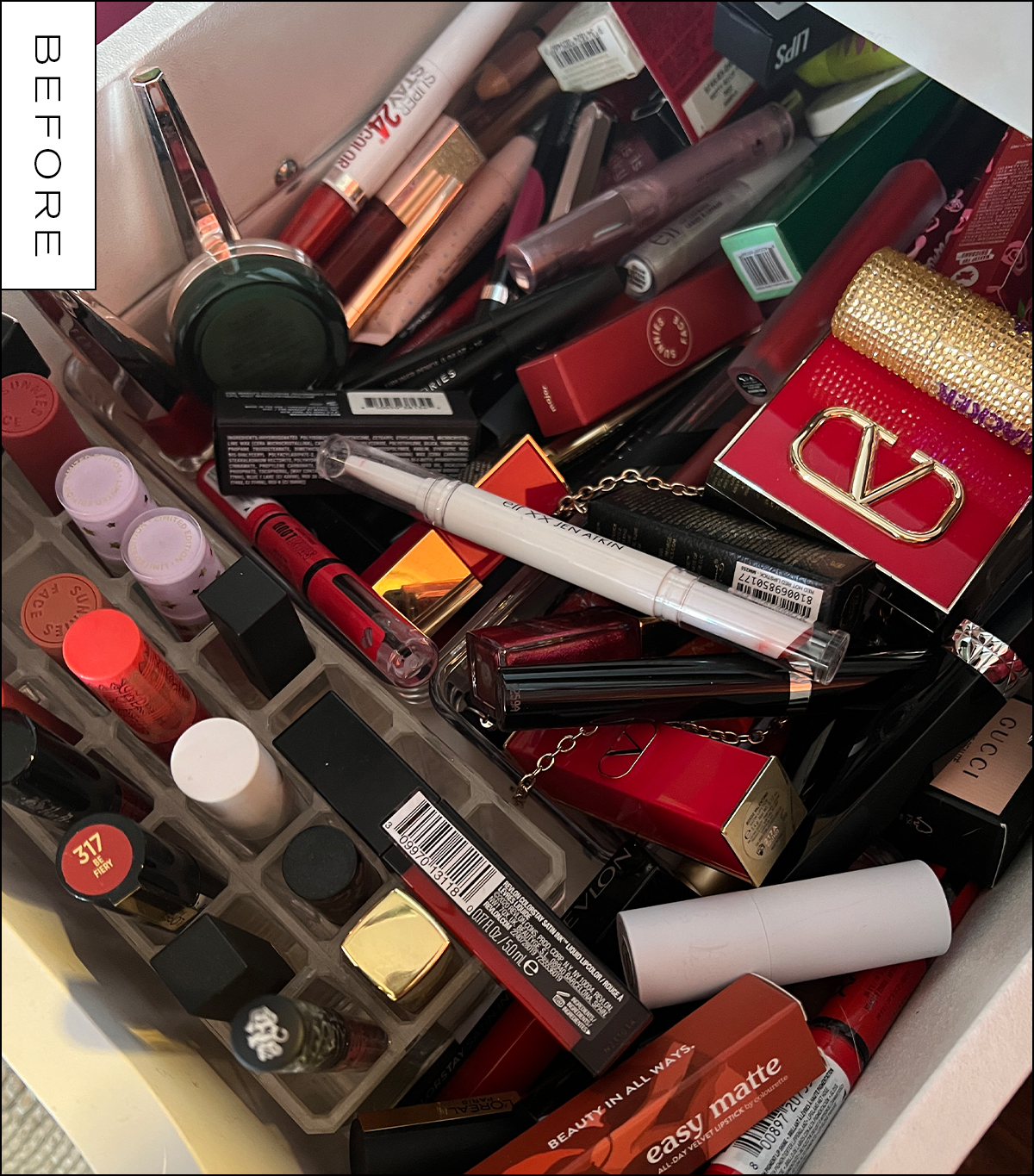
Regina Lark, PhD, an organizing expert who specializes in ADHD and chronic organization, immediately spotlighted an unhealthy habit I have of putting myself down when it comes to being messy. When I called my desk situation “bad,” she immediately corrected me. “Don't label, judge, or resent,” Lark said. “It's uncomfortable, it feels shitty, yes. But it’s not bad. It’s not immoral. It’s just how you’re wired.” She went on to explain how people with ADHD have an impaired executive function, which manages our time, emotions, planning, decision making, and working memory. “I think that is very significant when it comes to clutter,” she says.
Ría Safford, the professional organizer and owner of RíOrganize, who has organized the homes of Chrissy Teigen and Jen Atkin, admitted that she’s “in the process of confirming whether she has ADHD,” and is something that she suspects. I found this to be surprising coming from a professional organizer. “A thing that I share all the time is I actually have the mind and habits of 90 percent of our clients, so I totally understand where you're coming from,” she says. Safford suggested that I implement a regular “purge time” for my products, which might be as frequent as once a month for me. “It has to be every four weeks of truly going through everything,” she says.
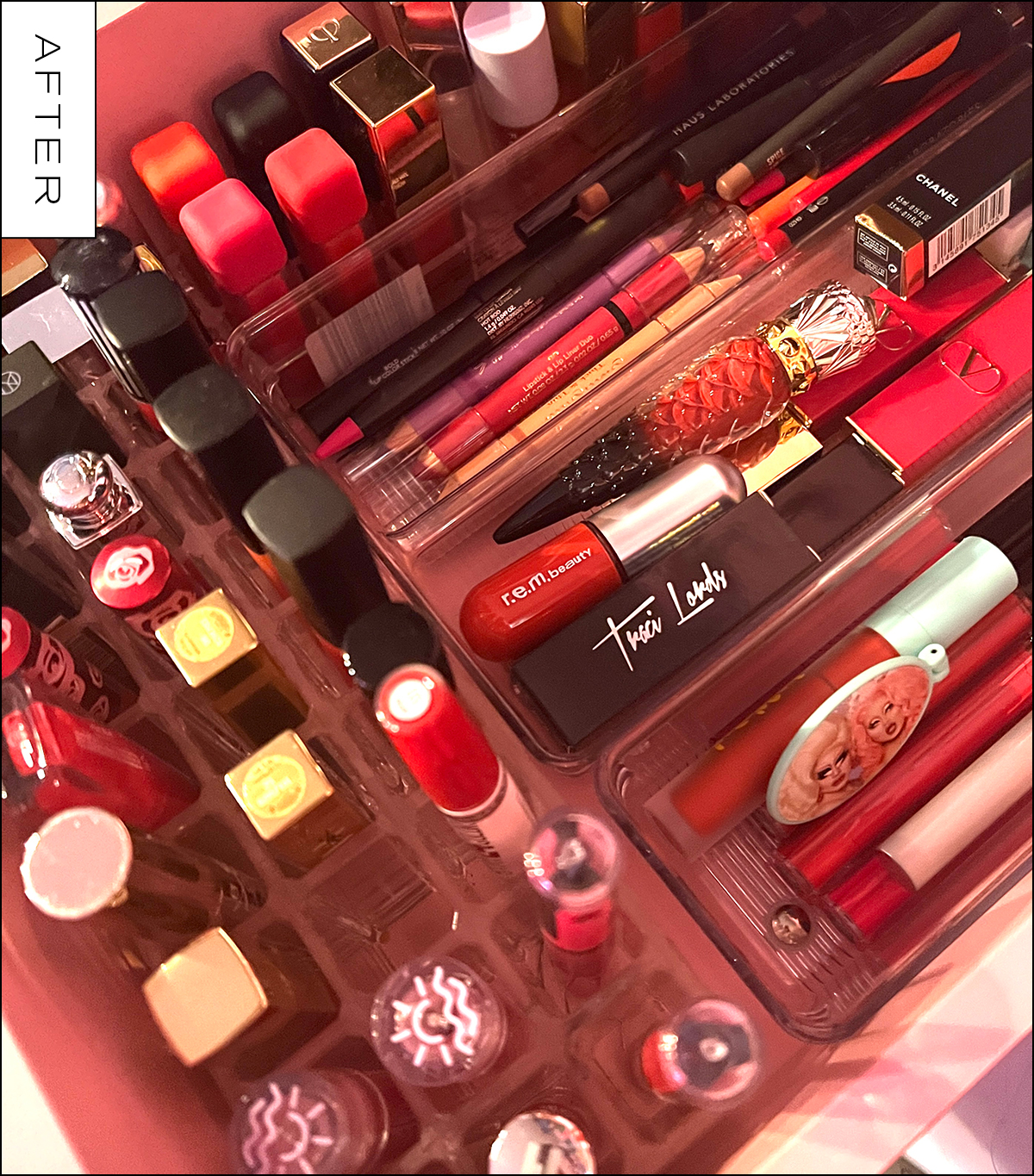
I had some ideas about where to start, so I asked Lark whether she thought some sort of intake system could work. “Let me just say this about systems, they only work if you work it,” she says. “You need an intake system, you need a system for how you're going to deal with the products while you're dealing with them, and then you need an exit system.”
For my existing products, Lark encouraged me to take a good look at “absolutely everything” that I have, and when it expires, so I can decide whether to get rid of it. She then suggested I start by concentrating on one drawer, first estimating how long it would take for me to declutter it, then taking note of how it actually took, and go from there. I started with my precious lipstick drawer, which I thought would be the hardest and take at least an hour, so I was surprised when it took me just 20 minutes. I do think I had the right mindset going in, which parallels some advice from Safford: “I always say the two things that are the most important before any project is being in the right mindset, and then allowing yourself enough time.”
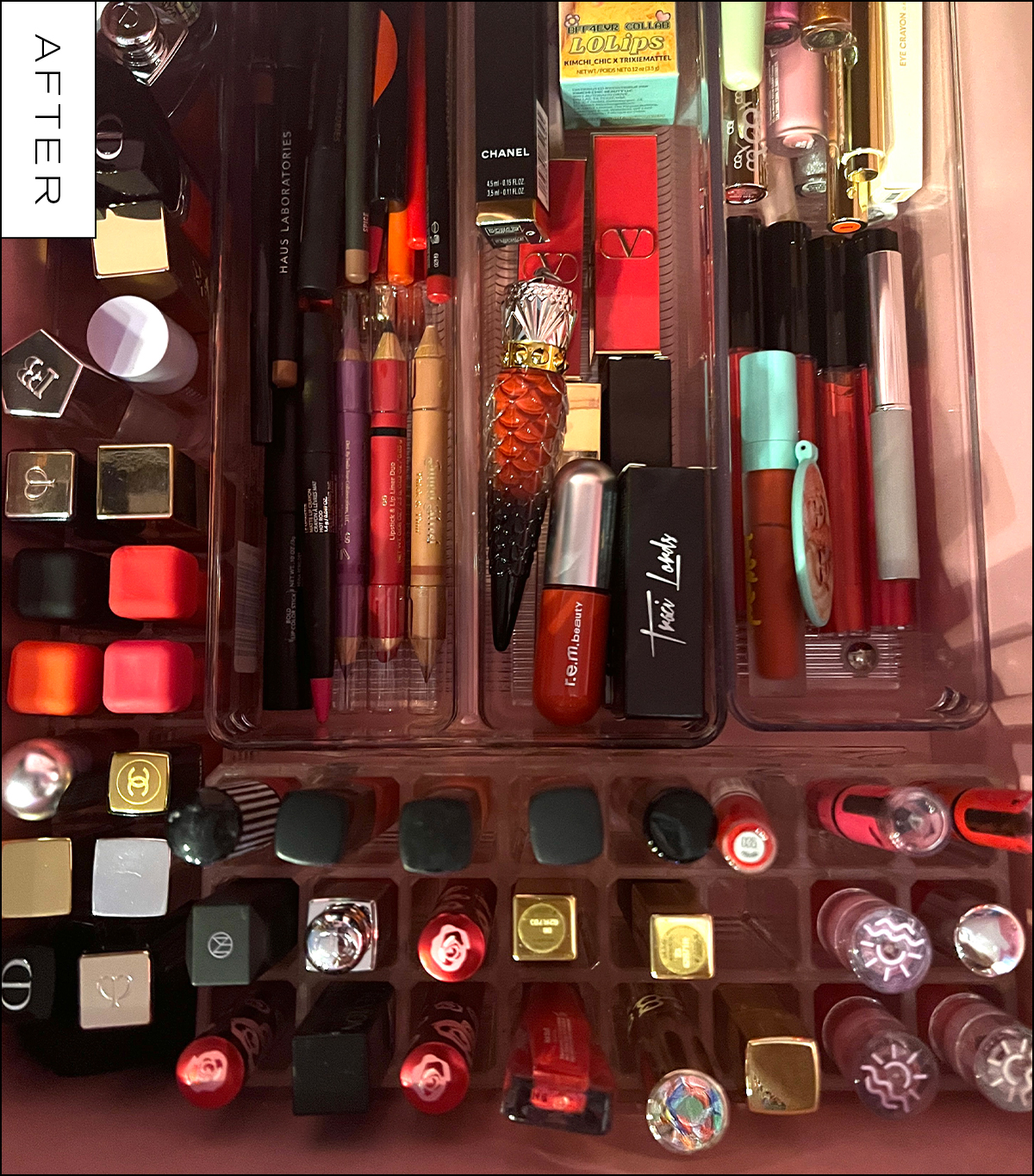
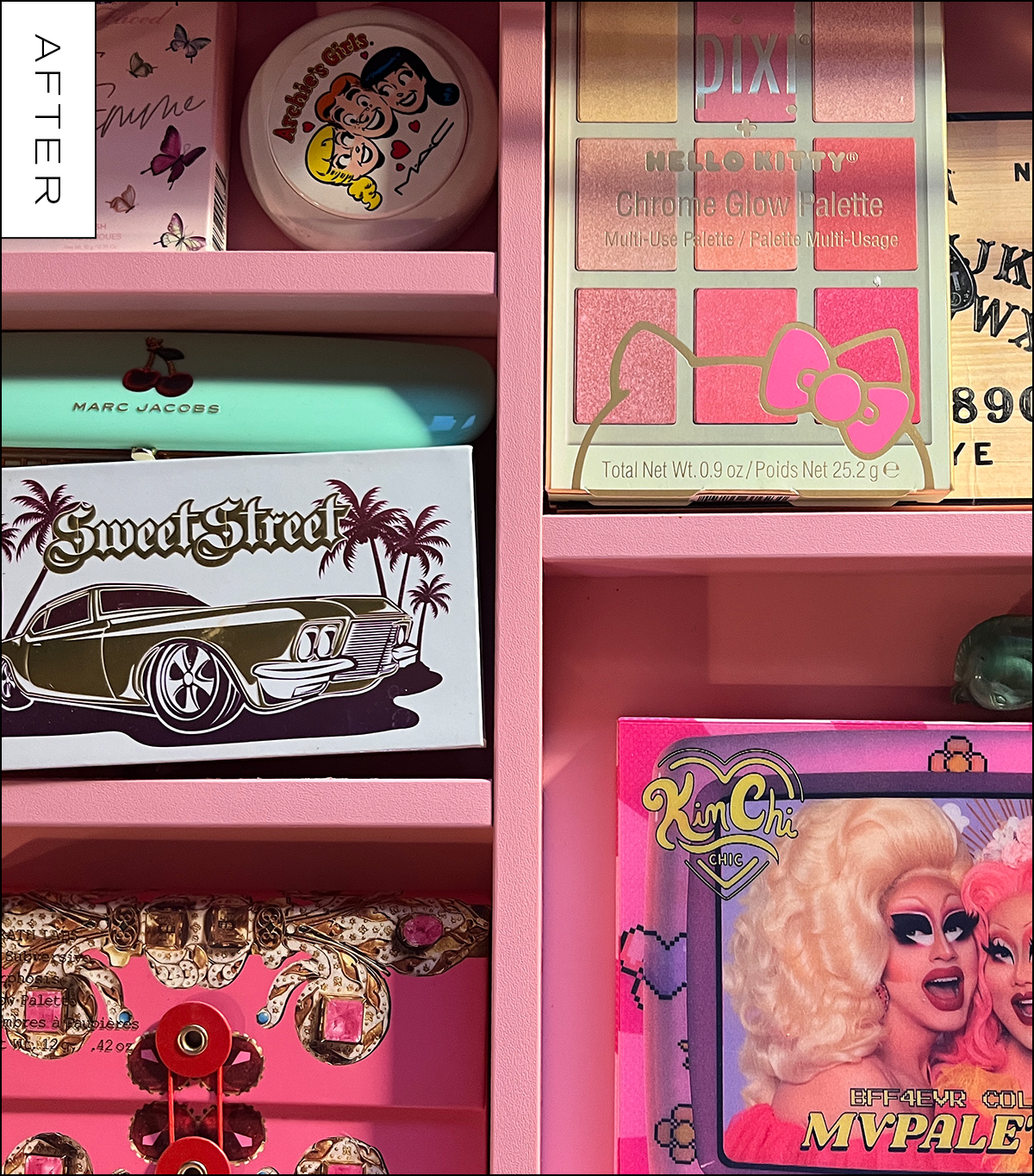
“For people with ADHD, if they don't decide the time, the day, the tools they may need, and where the things are going to live, if they don't have those elements, when you go to tackle the mess, it's not going to happen,” says Lark. I find this to be true about myself as I easily get discouraged doing things if I don’t have exactly what I need to complete them.
Meanwhile, Safford says that when it comes to makeup, the more micro-organized makeup is, the better. “It’s really about sub-categorizing everything,” she says. “It’s all these little items and so much of it, so you want it to be something well-thought-out, and anything that makes it easier for you to access, like divided turntables, or an upper shelf, or a deep bin or basket with labeled vinyl pouches for all the different categories.”
Ahead, I'm detailing 12 of the best items for organizing products that are great for both big and small collections, plus more helpful tips whether you have ADHD or not. Now, will I keep all of my beauty products organized? Only time will tell, but I definitely have more hope for myself now.
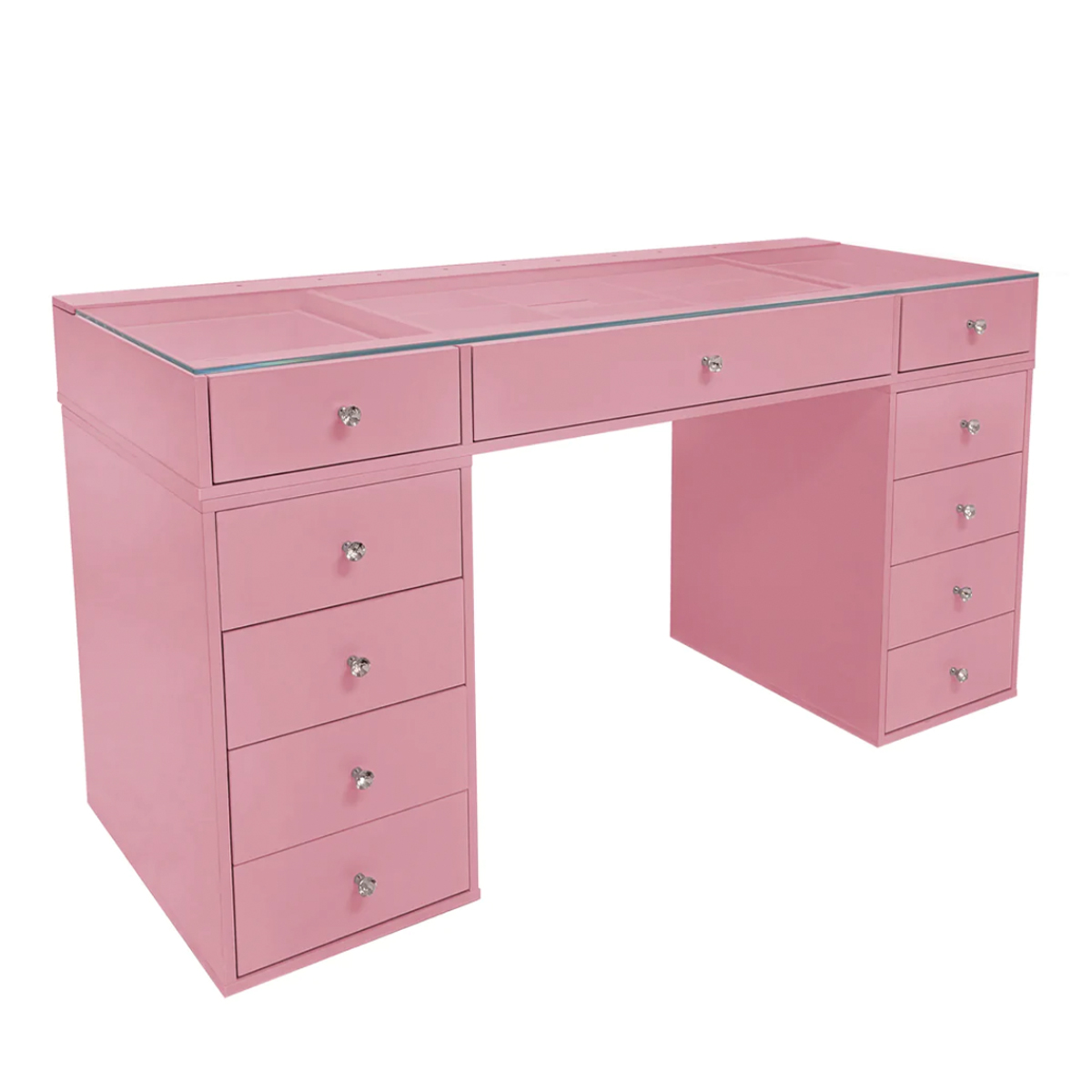
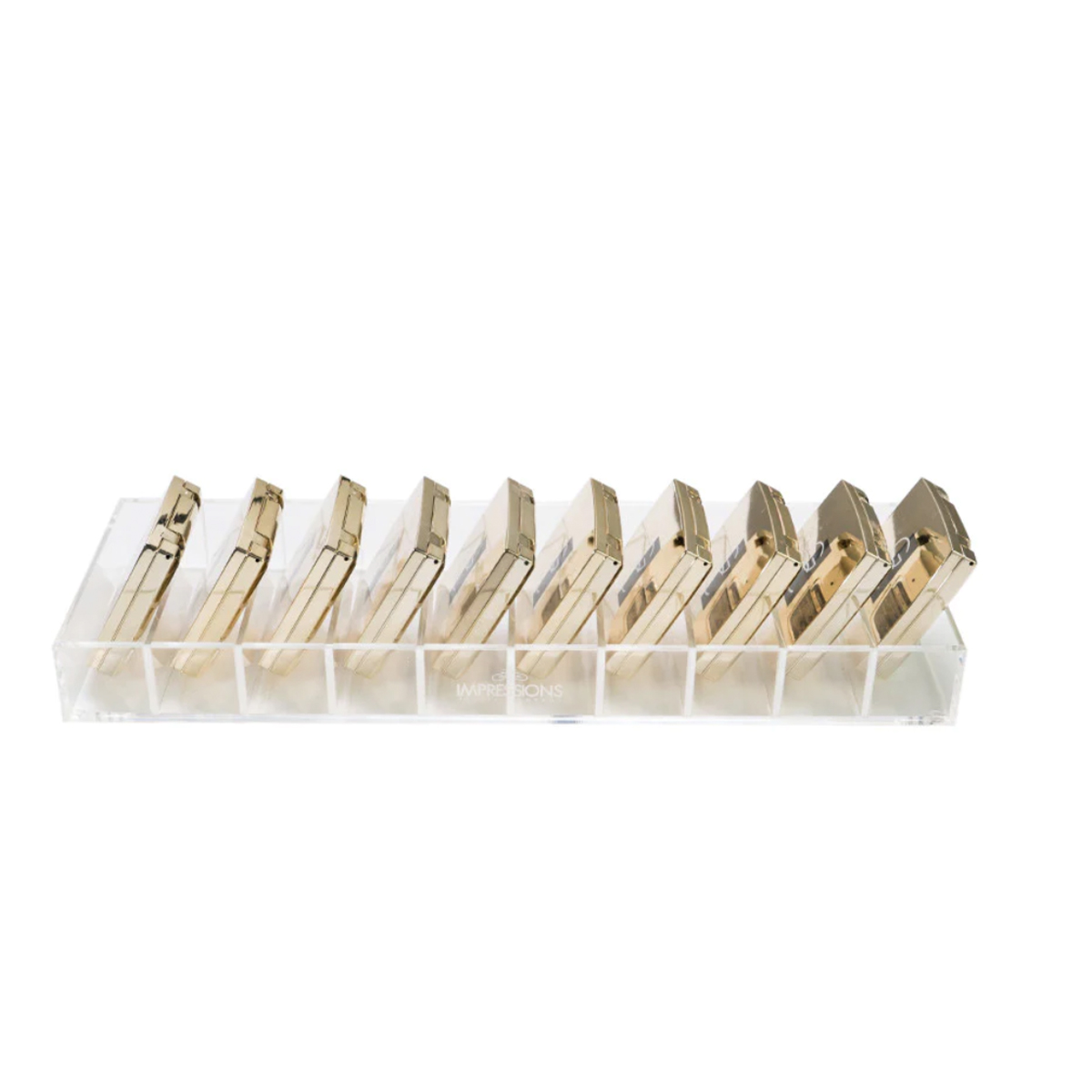
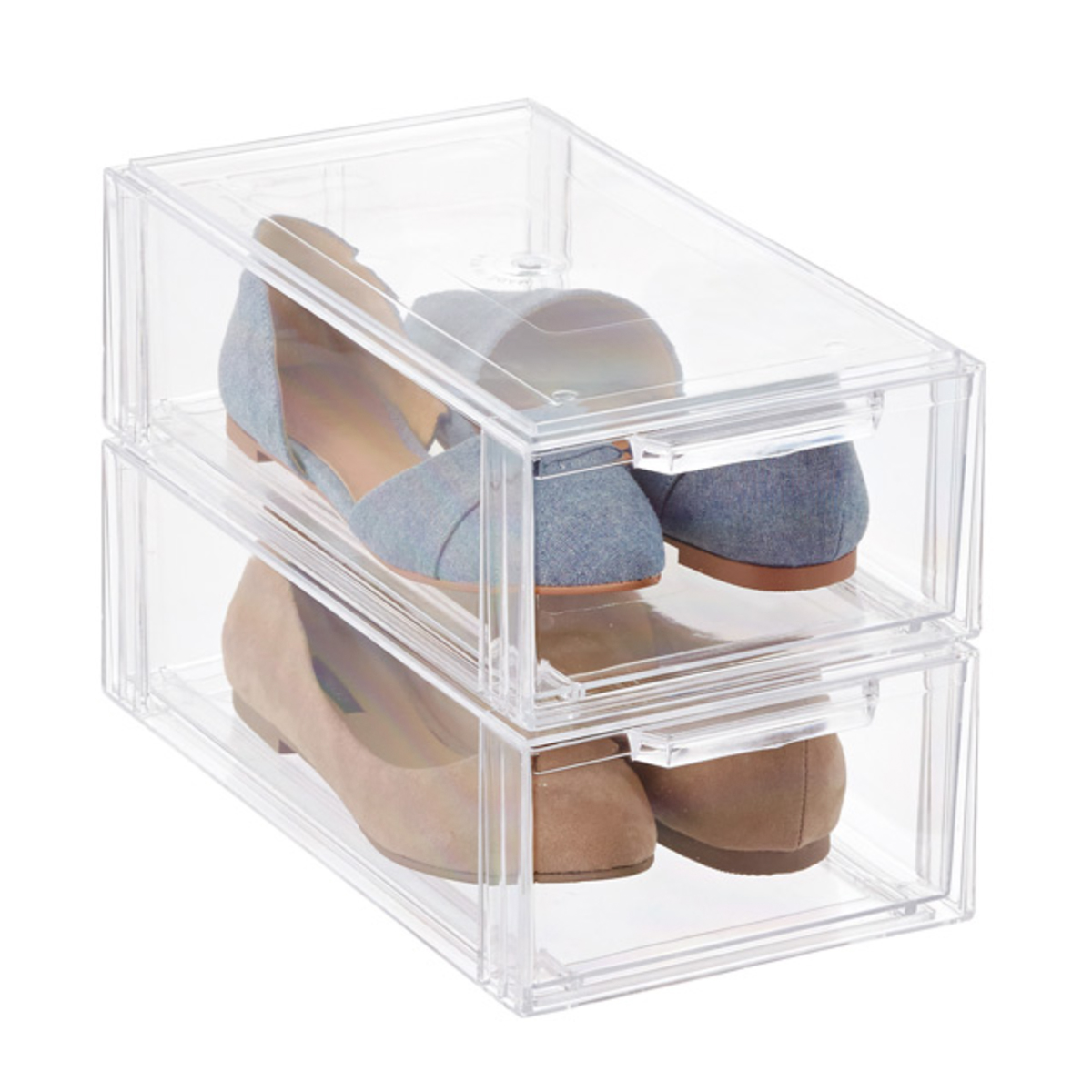
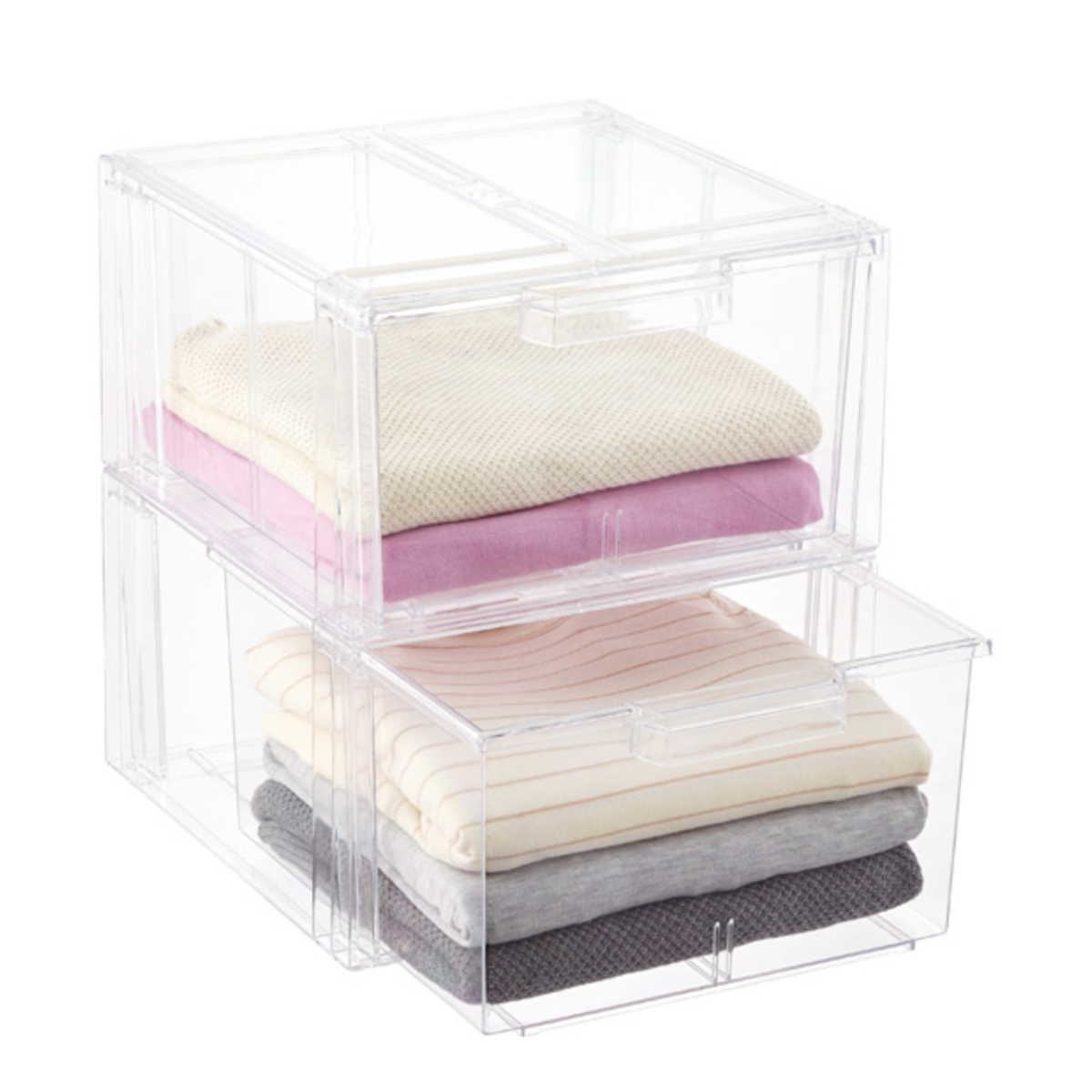
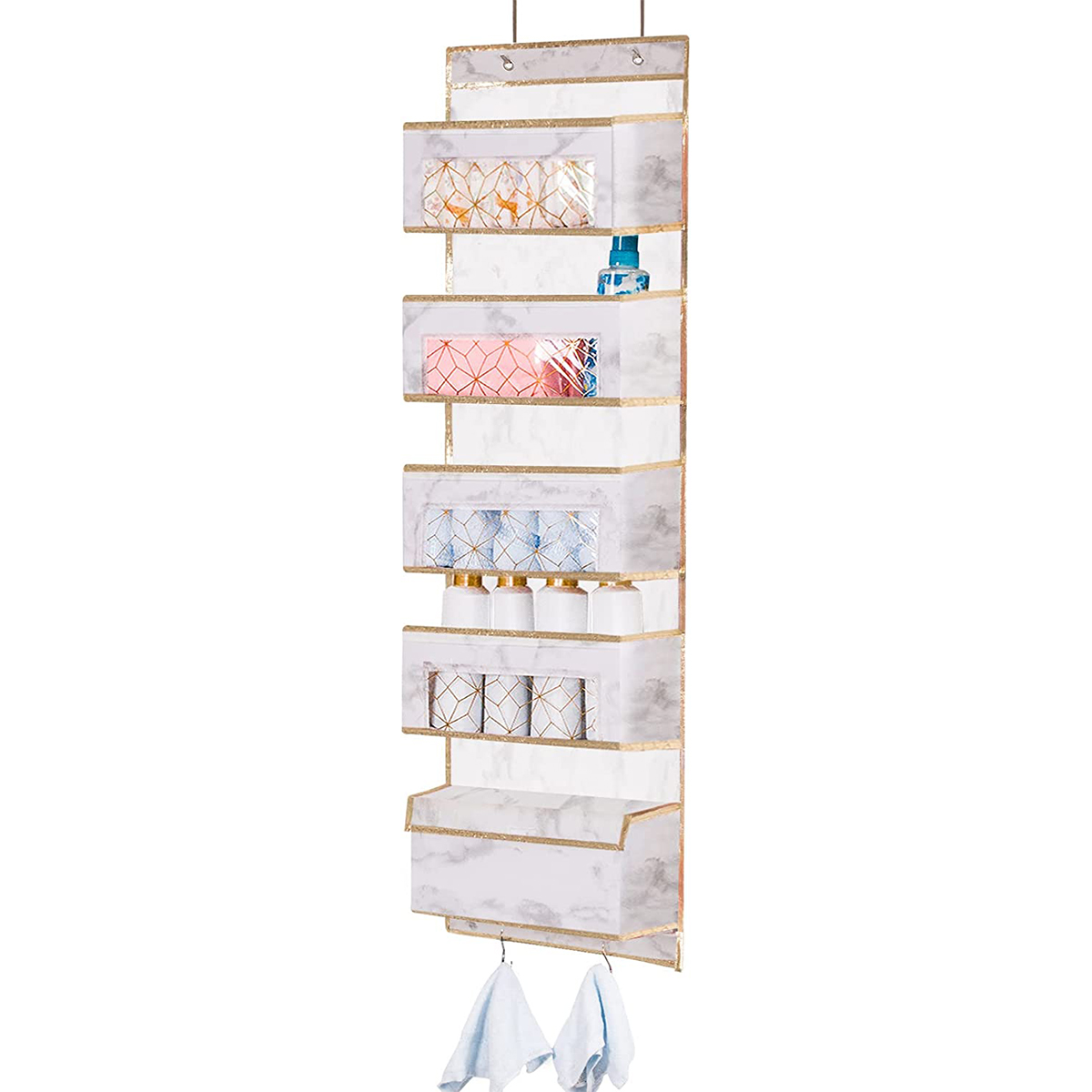
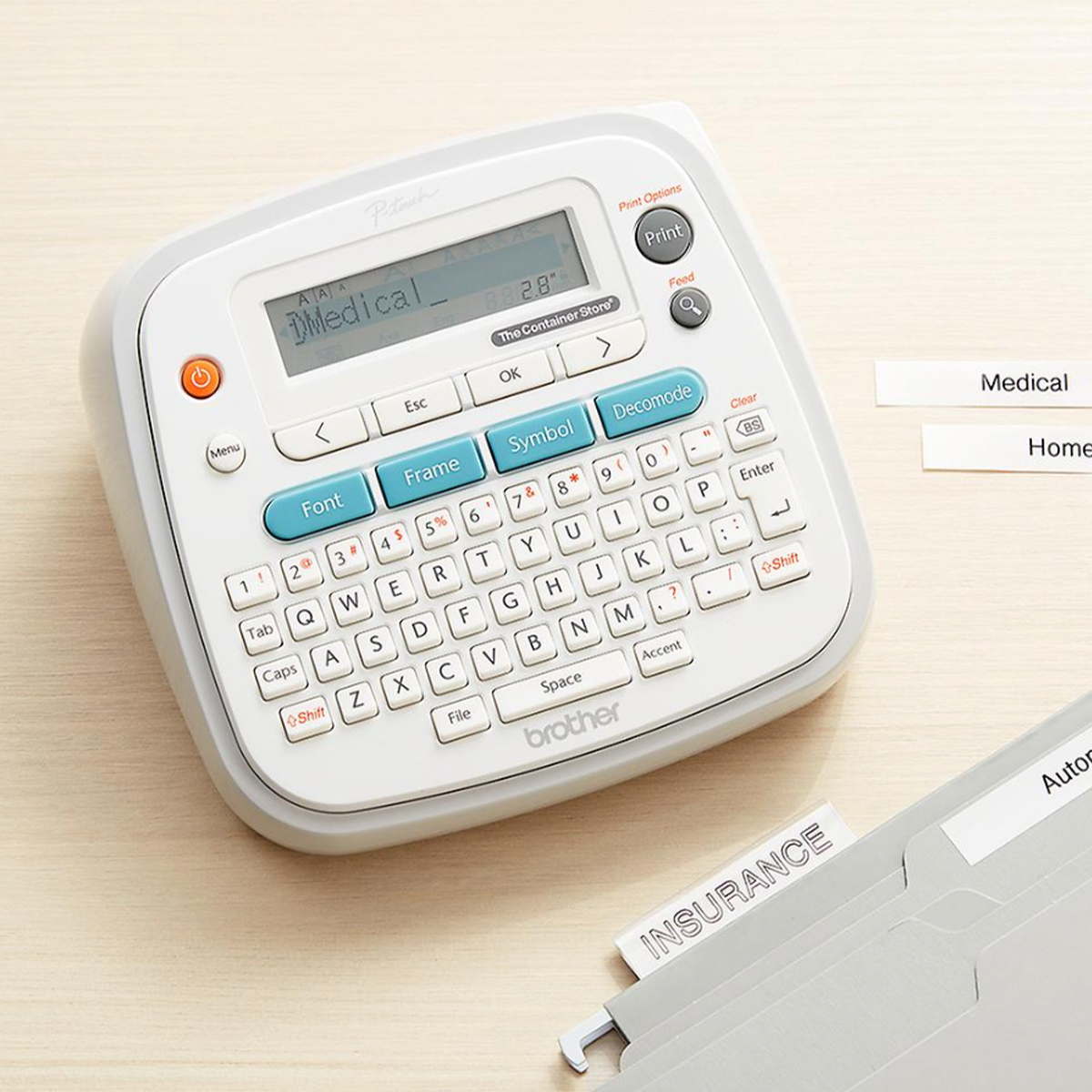
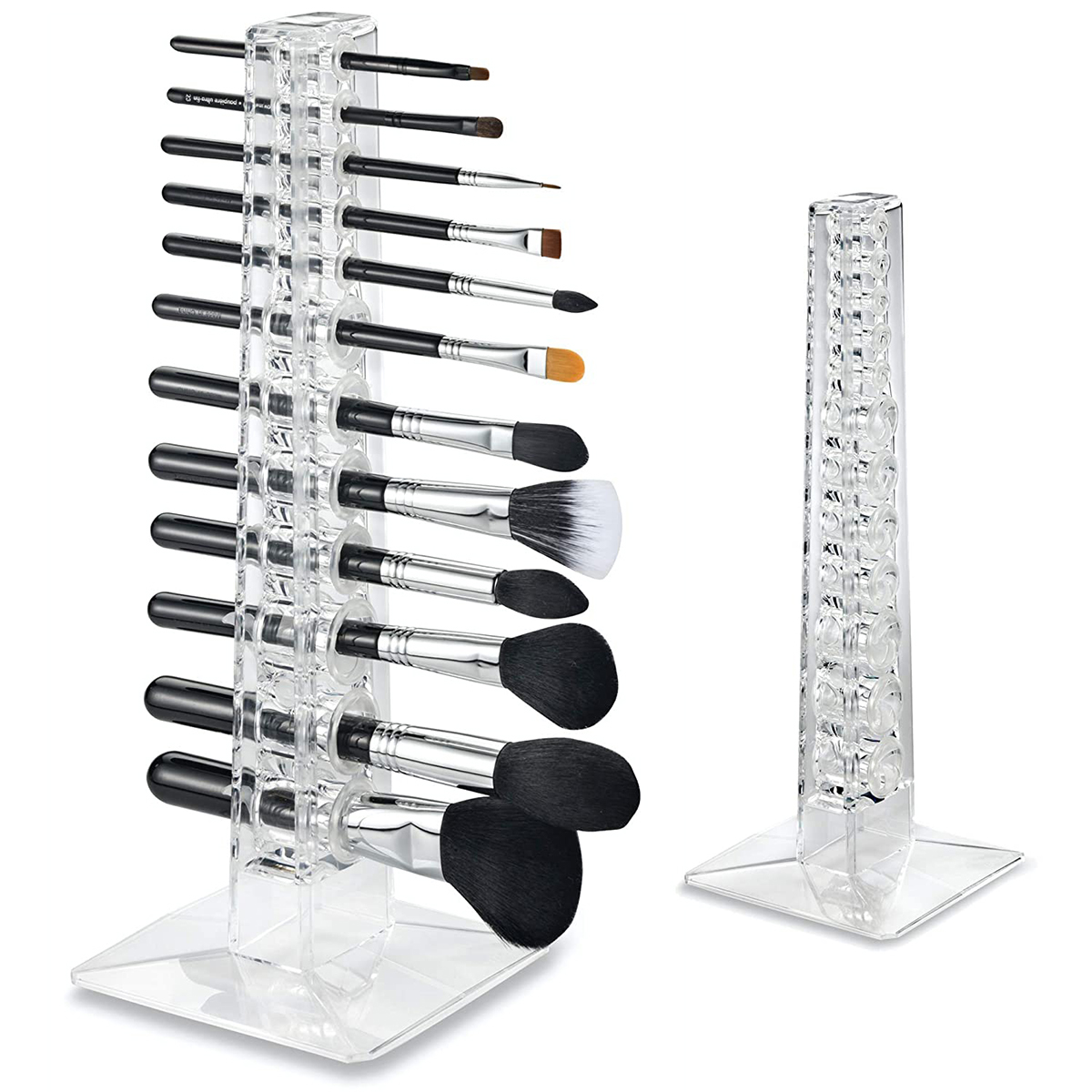
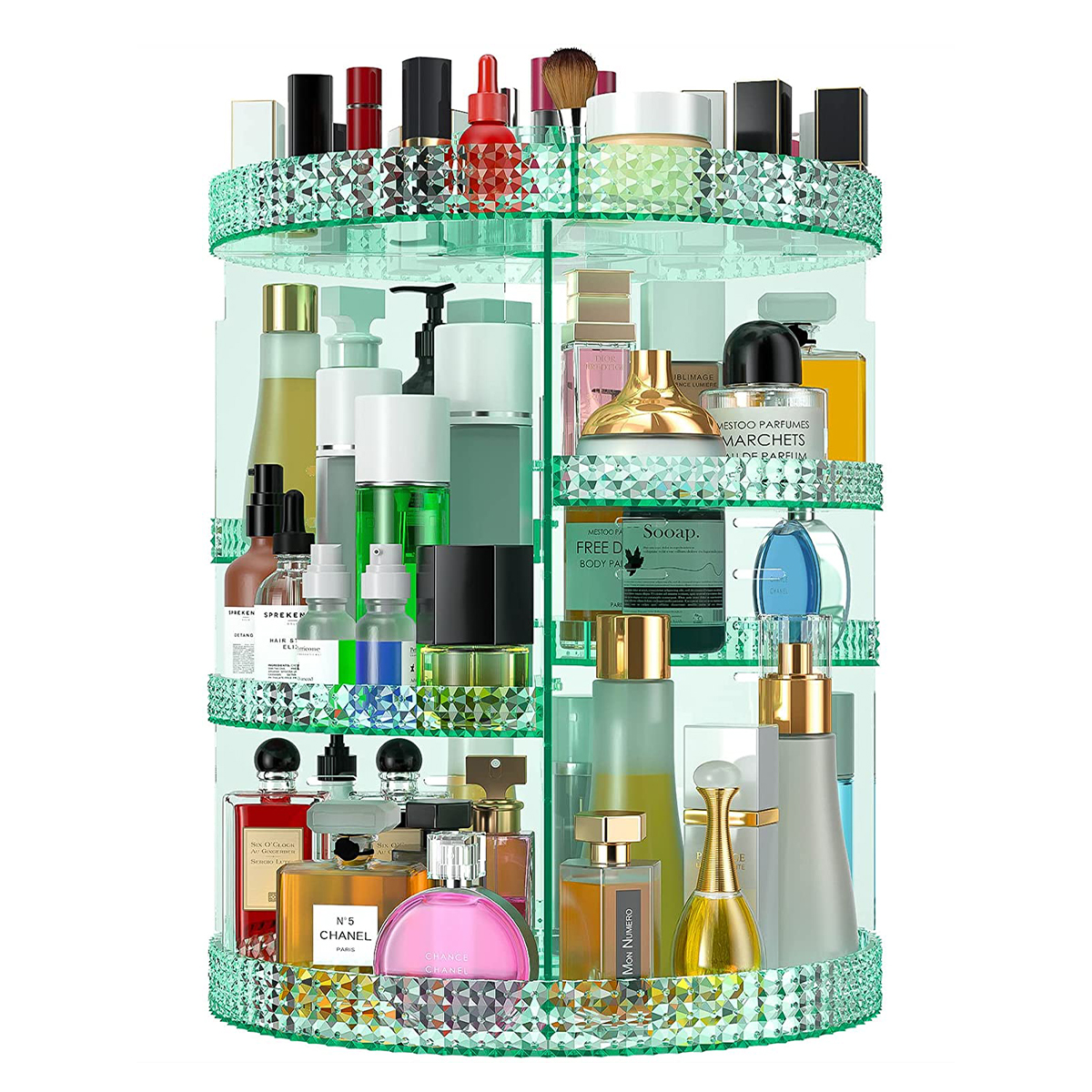
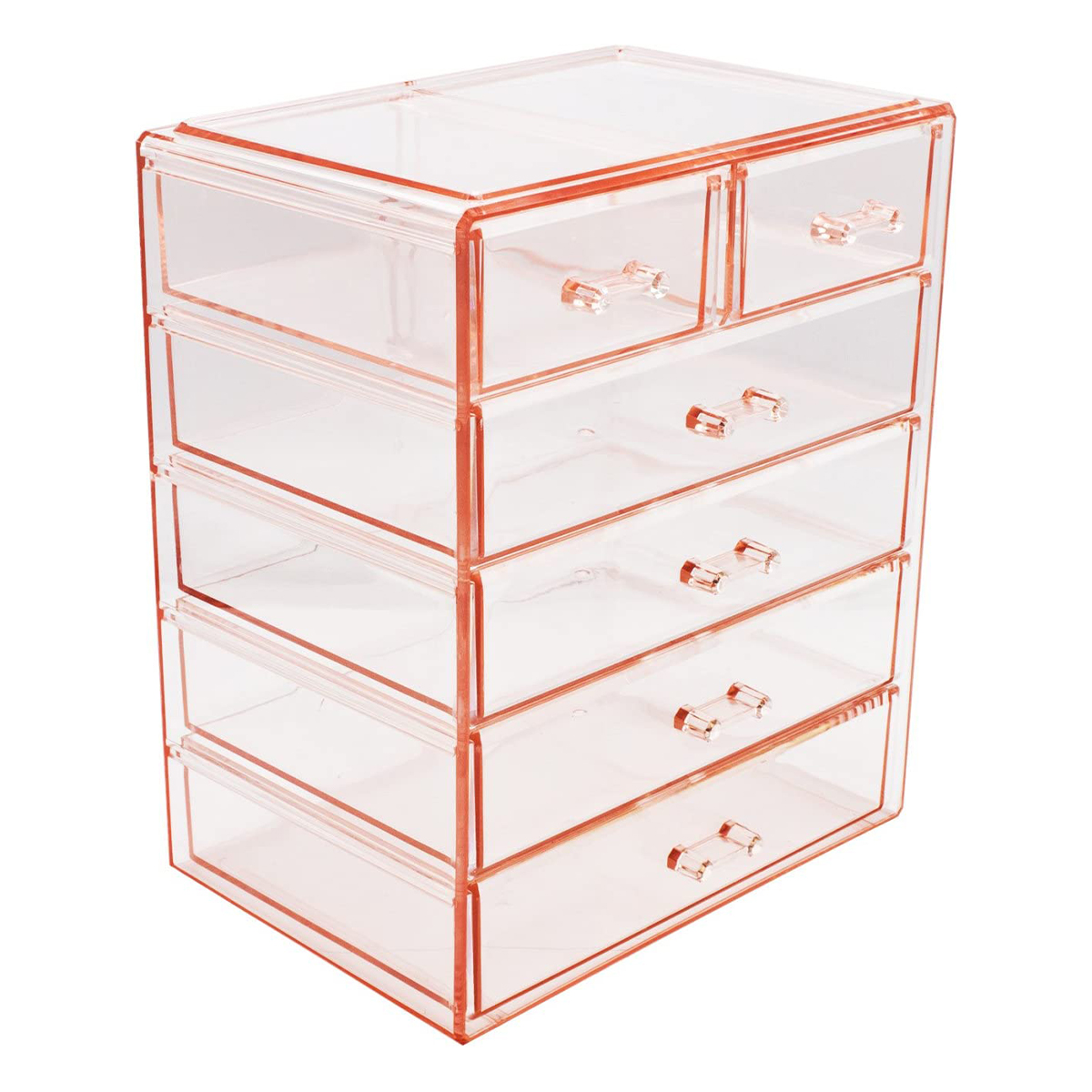
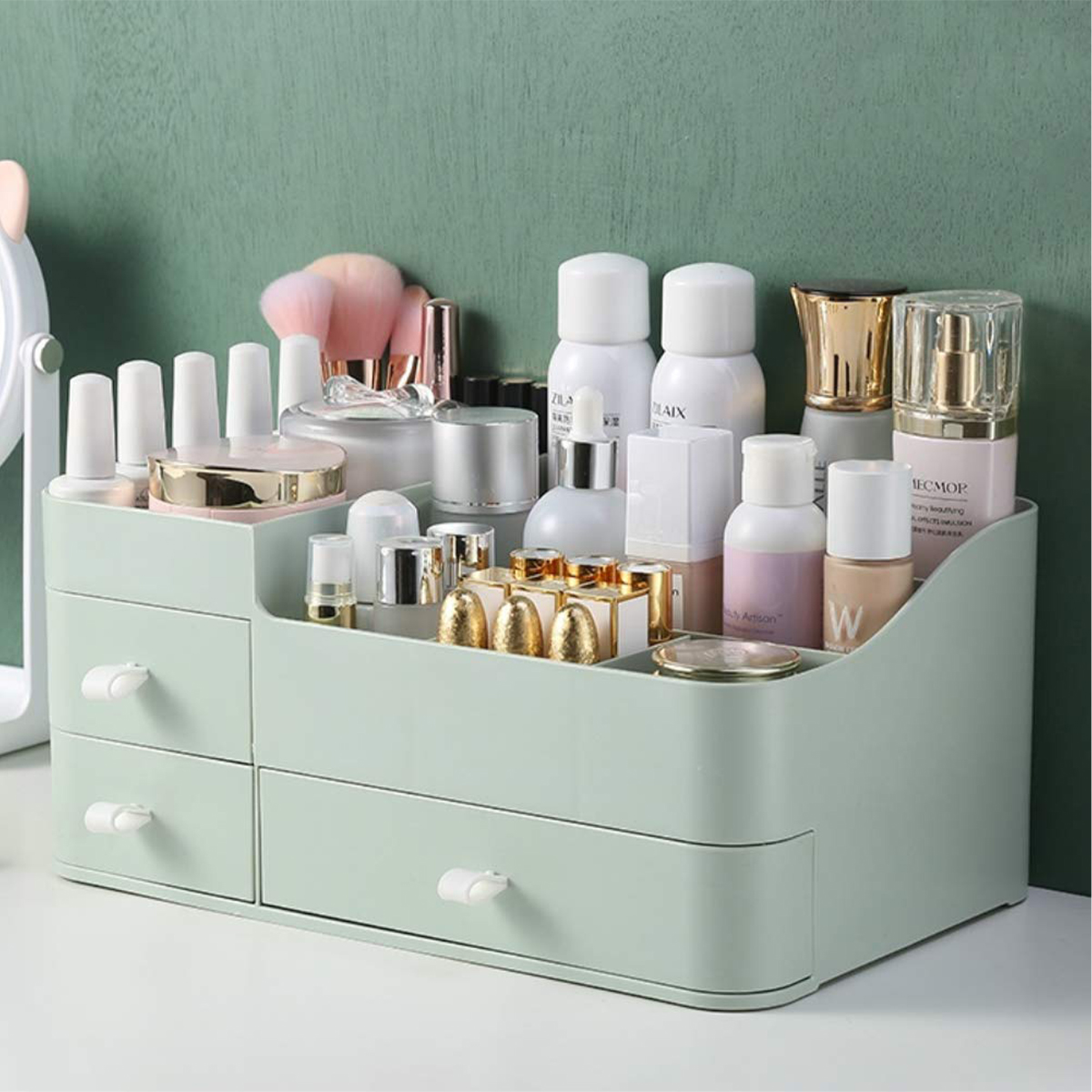
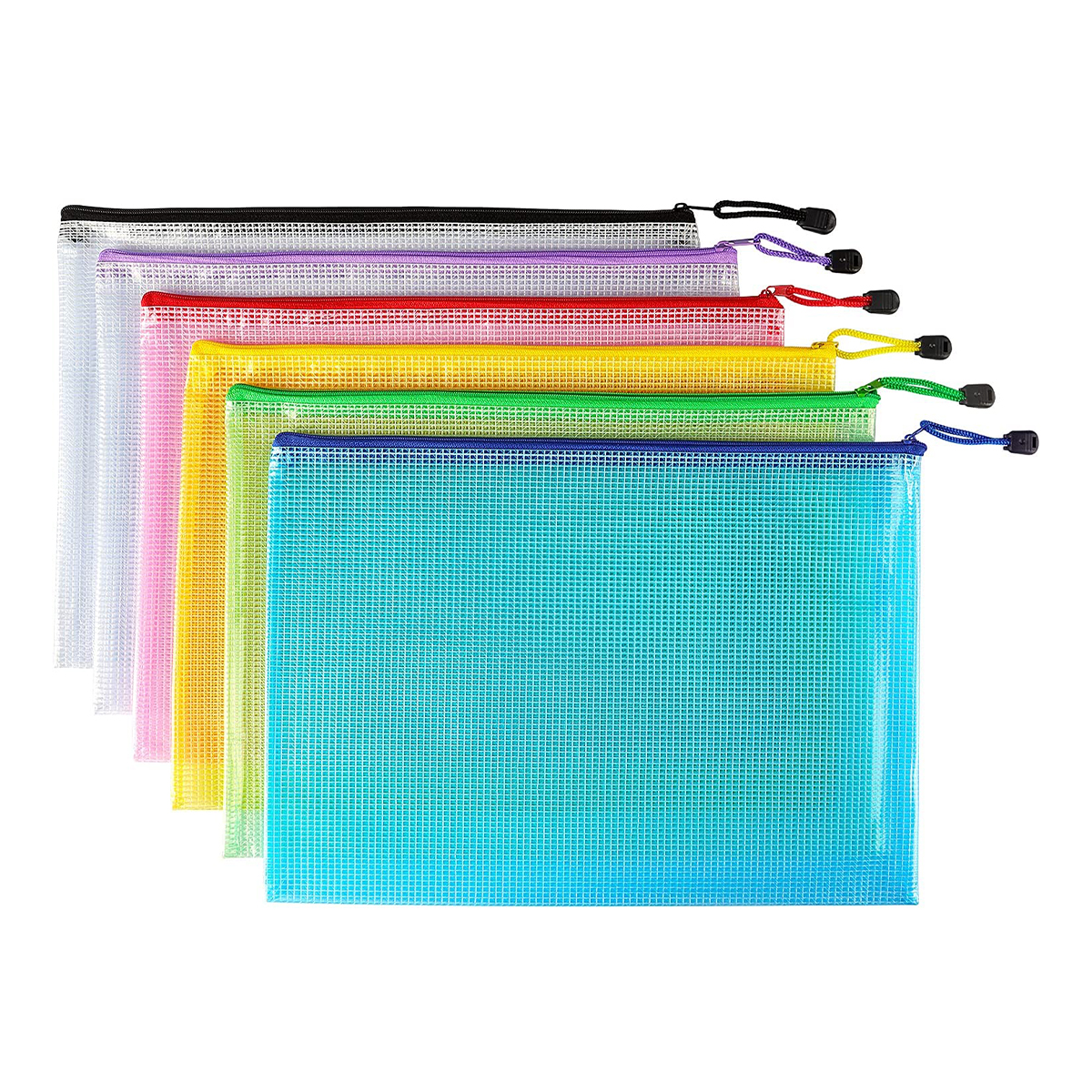
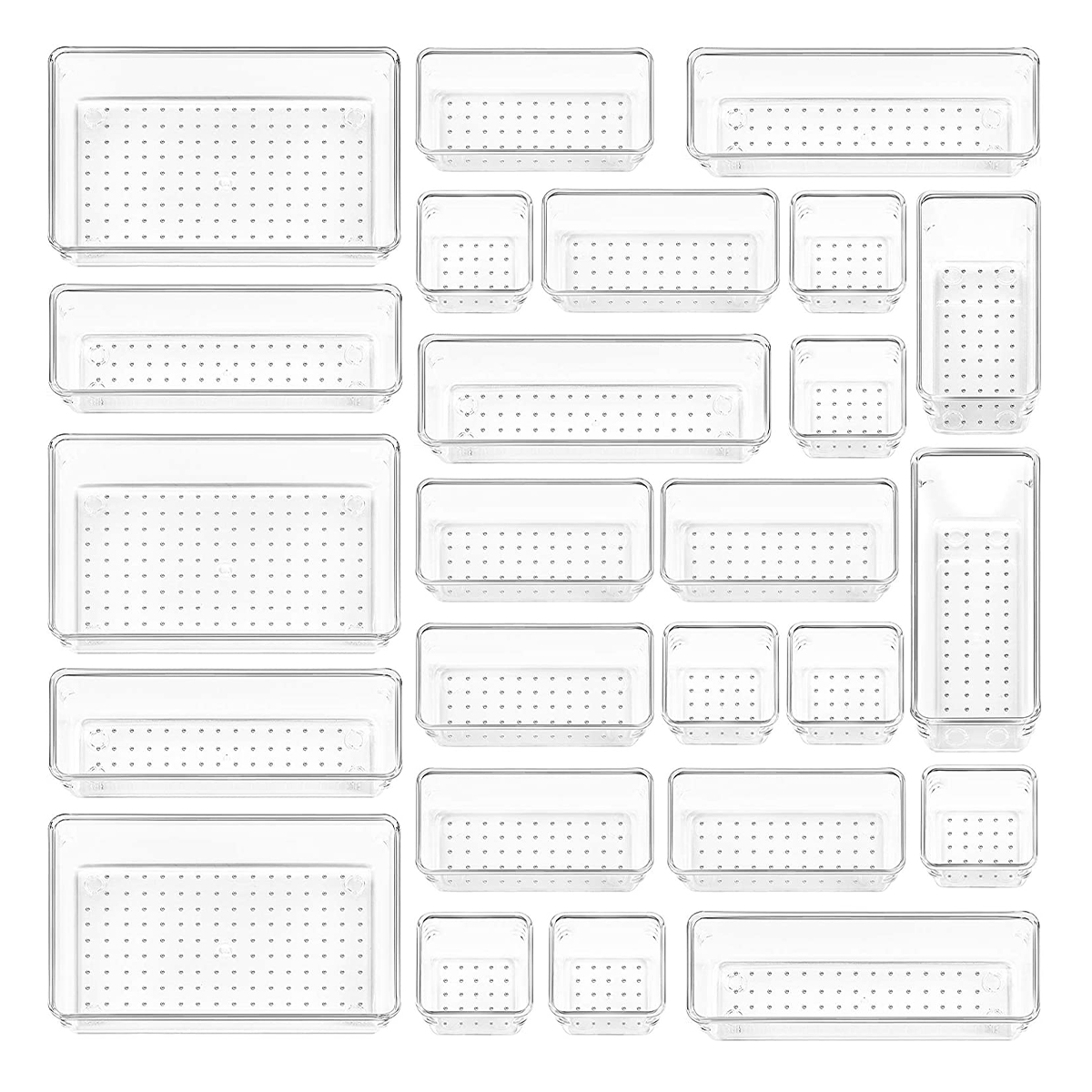
Up next, These Are the Under-$75 Sephora Picks I Swear By as a 41-Year-Old Beauty Editor
from Who What Wear https://ift.tt/9AVTlNE
No comments:
Post a Comment